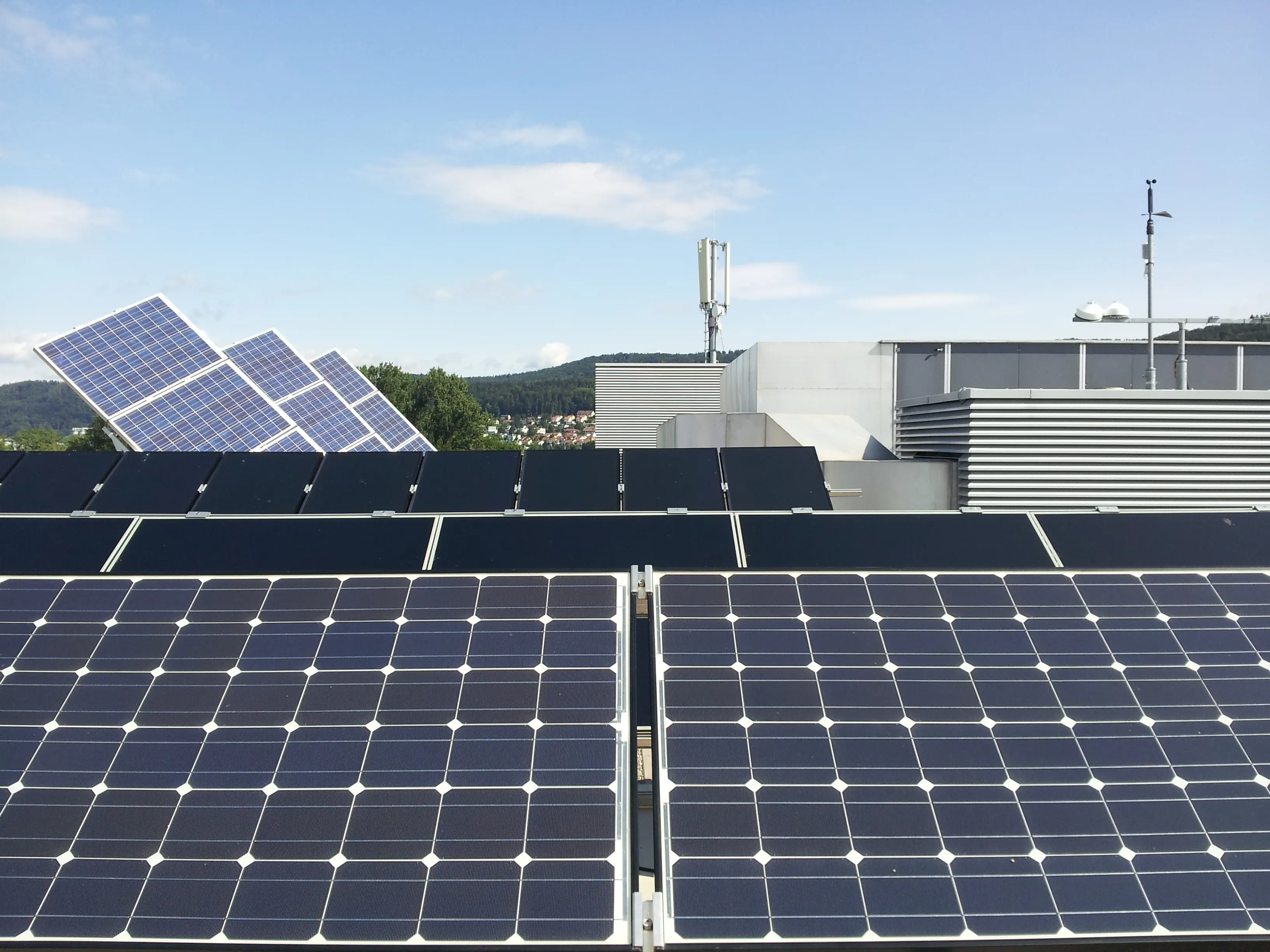Which solar technology provides how much energy?
How can the energy yield of solar panels be planned? Standardised measuring methods only provide inaccurate projections. A newly constructed reference system now provided a better planning guide. In line with this master's thesis, measurements and analyses were carried out on the system using various solar technologies.
Measurement data as important planning criteria
Building a solar plant entails large investments and location-specific decisions. But it's difficult to determine the output of a specific technology from the drawing board. Although there are numerous simulation programs, there aren't enough new generation reference power stations with excellent measurement data. Accurately determining the rated power and its consistency over the years of operation requires a sophisticated measurement system and scientific analysis of the measurement data. In line with a master's thesis at the Institute of Energy Systems and Fluid Engineering (IEFE), a detailed analysis of five different solar module technologies was therefore conducted. This work is included in a multi-year joint research project of EKZ conducted by Prof. Dr. Franz Baumgartner’s research group.
Constructing a reference system
The potential output of solar plants is typically determined through averages. However, experience has shown that in fact, performance differences of up to five percent can occur, which changes the respective annual yield of a system by the same amount. Various solar technologies were now examined more closely to minimise these fluctuations: The ZHAW School of Engineering, together with Elektrizitätswerke des Kantons Zürich (EKZ) [Zurich Canton Electric companies], built a reference facility in Dietikon with the involvement of Oerlikon Solar. The energy yield of five different solar module technologies was tested here: Polycrystalline silicon, silicon HIT, thin film uc-Si/a-Si, thin film CIS and thin film CdTe. The data collected was then compared with the manufacturer specifications (averages). For a realistic review of the rated power, the panels were tested both with solar radiation and in the laboratory. Outdoor measurements are particularly subject to fluctuations due to the weather and location. Both significantly impact the predictability of a system's specific annual yields.
Good baseline values - even more accurate
The measurements for one showed that manufacturer specifications on rated values among the renowned manufacturers reviewed are realistic during the first few years. Except for one particular case, the performance of the modules tested is stable. On the other hand it also showed that sample measurements of the rated power or outdoor reference measurements should always be taken before purchasing a larger system. After all, it's impossible to make general statements on the energy output of individual module classes. Like the rated power information provided by the manufacturer, this would need to be reviewed based on the design and for the specific cases, as several factors vary based on the location and their effect on the respective technologies varies.
Nicolas Allet obtained his title as Master of Science in Engineering (MSE) with his master's thesis «Analysing the energy output of various solar cell technologies». He was advised at the Institute of Energy Systems and Fluid Engineering in the core area of Renewable Energies. After graduating, Nicolas Allet became an engineer at Oerlikon Solar.
Advisor: Franz Baumgartner
